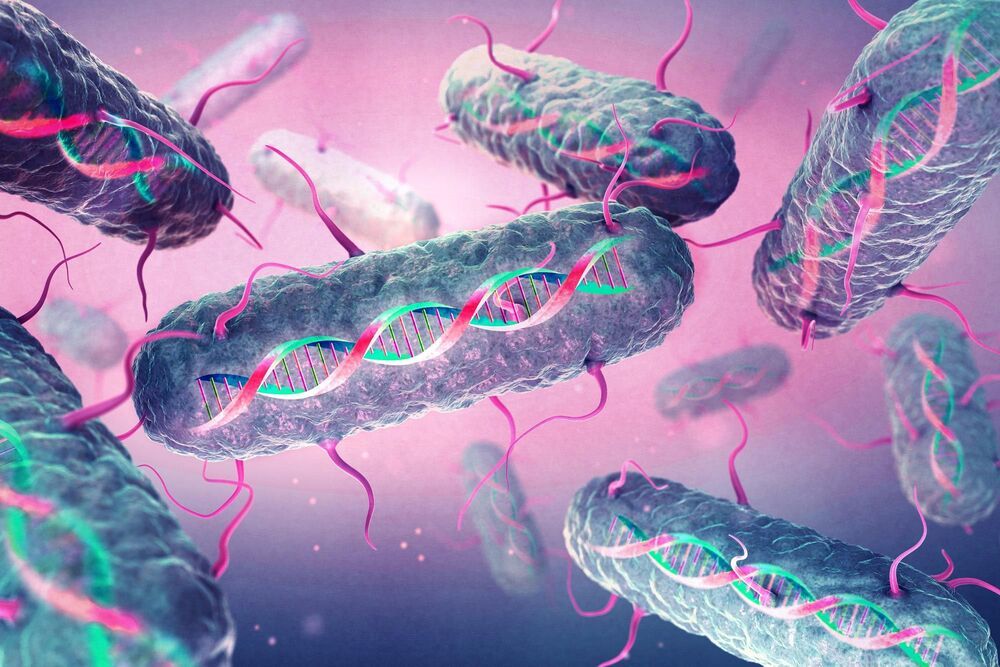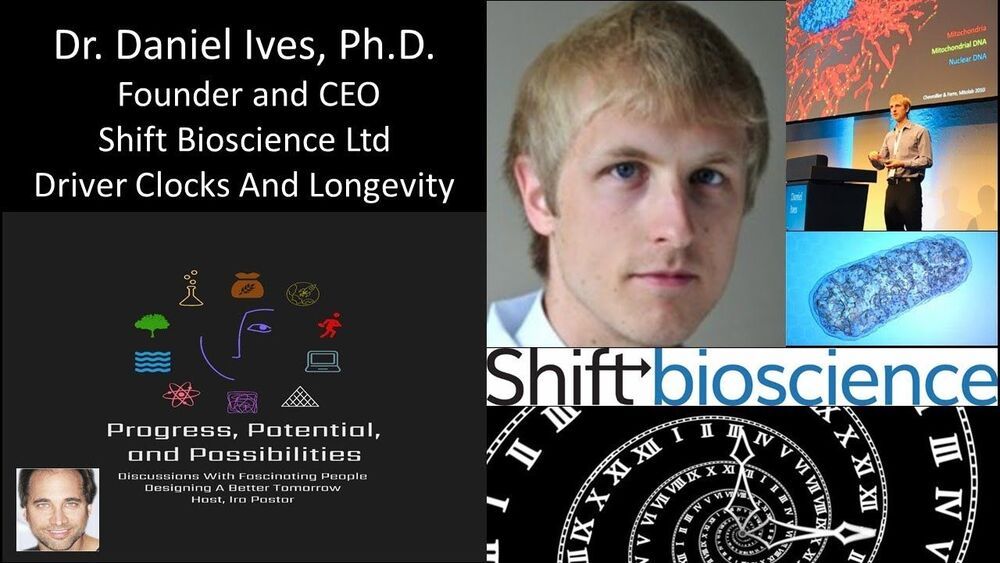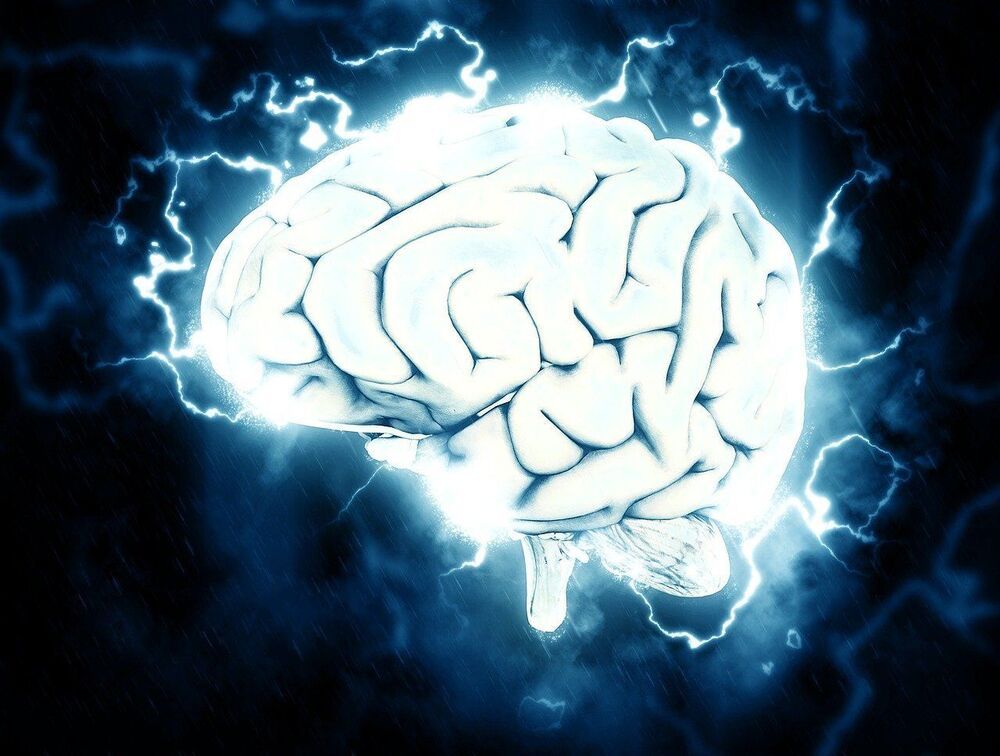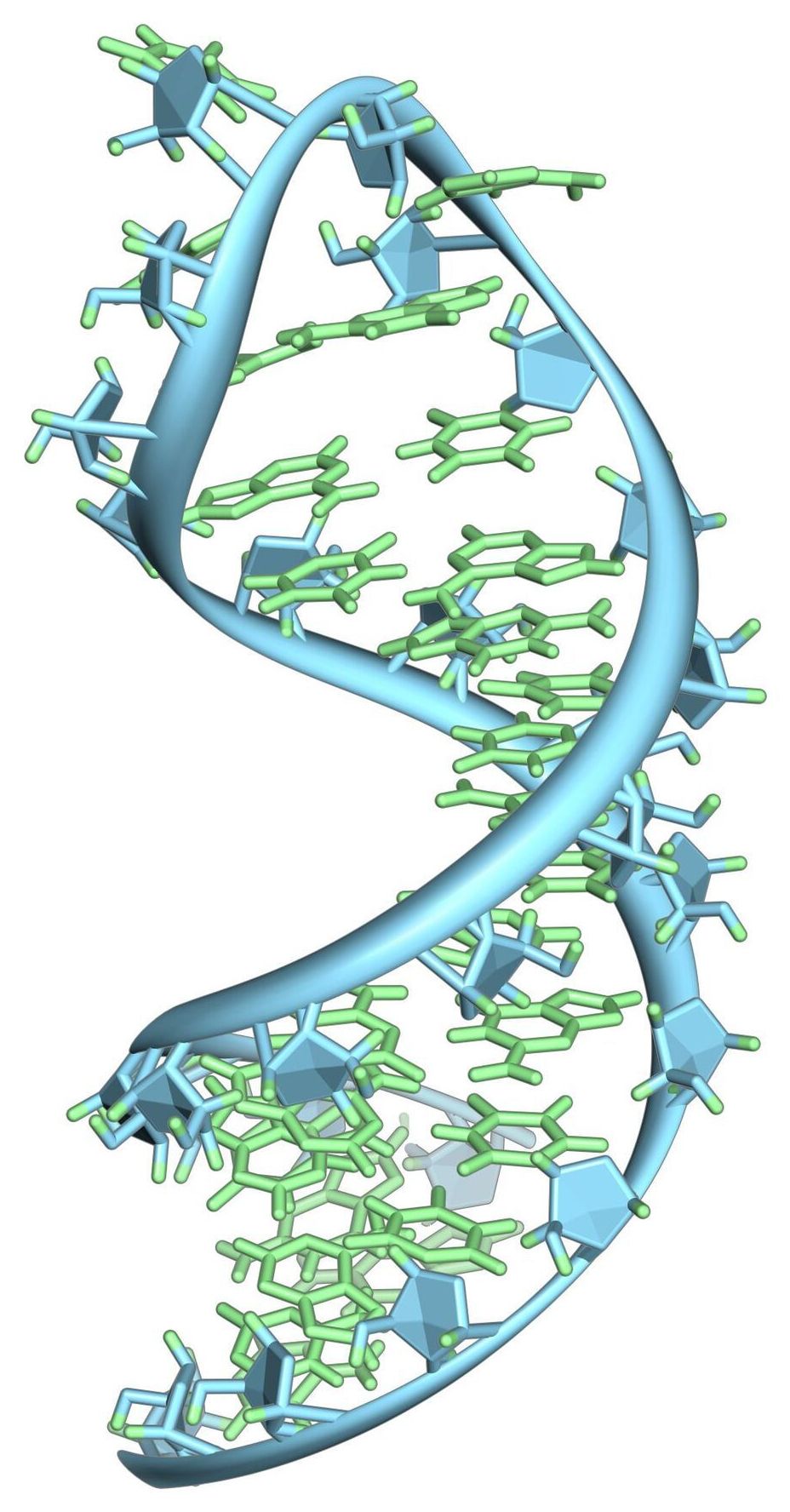Aug 9, 2021
Sunscreen Concerns Escalate as Another Potential Carcinogen Found
Posted by Jason Blain in categories: biotech/medical, chemistry, health
Researchers asked U.S. regulators to pull some sunscreens from the market, including brands such as Coppertone, Banana Boat and Neutrogena, saying they’ve found evidence of a potential carcinogen.
Scientists petitioned the Food and Drug Administration to remove from sale all sunscreens containing the active ingredient octocrylene. Products made with the chemical may contain benzophenone, a suspected carcinogen that also can interfere with key hormones and reproductive organs, according to a group led by Craig Downs, executive director of the nonprofit Haereticus Environmental Laboratory that studies risks to health and the environment.


















